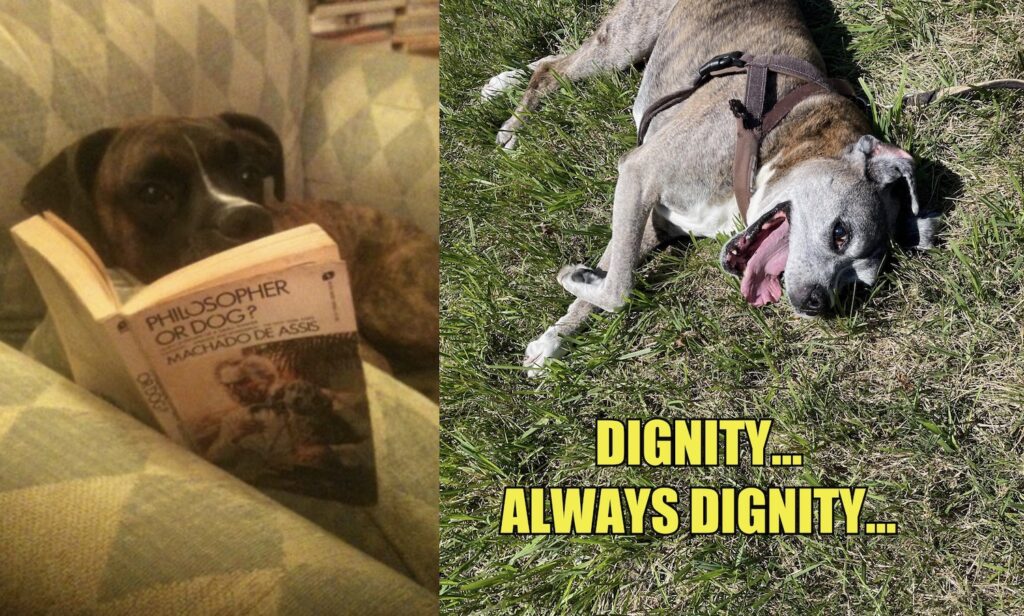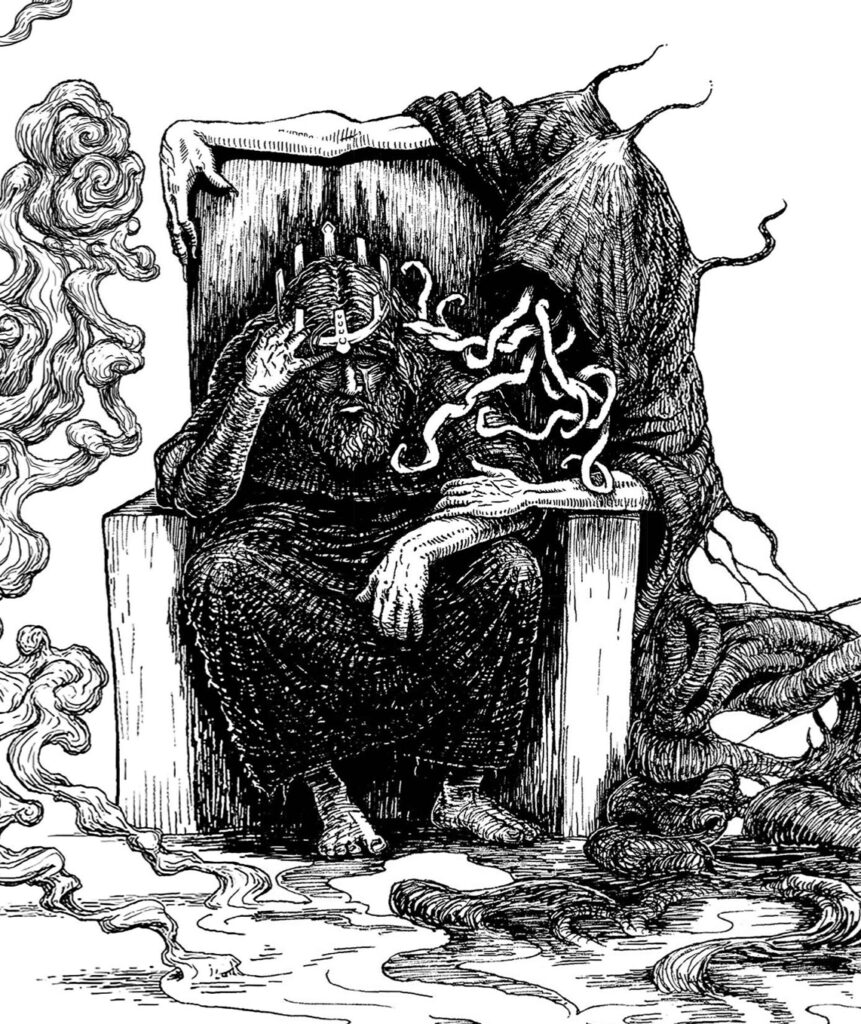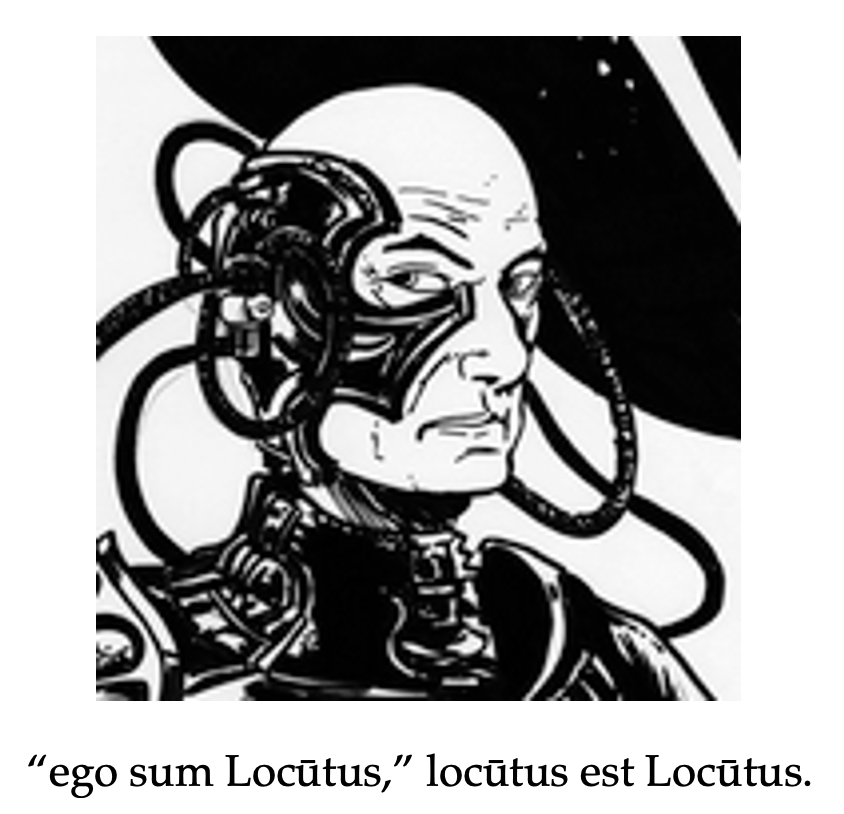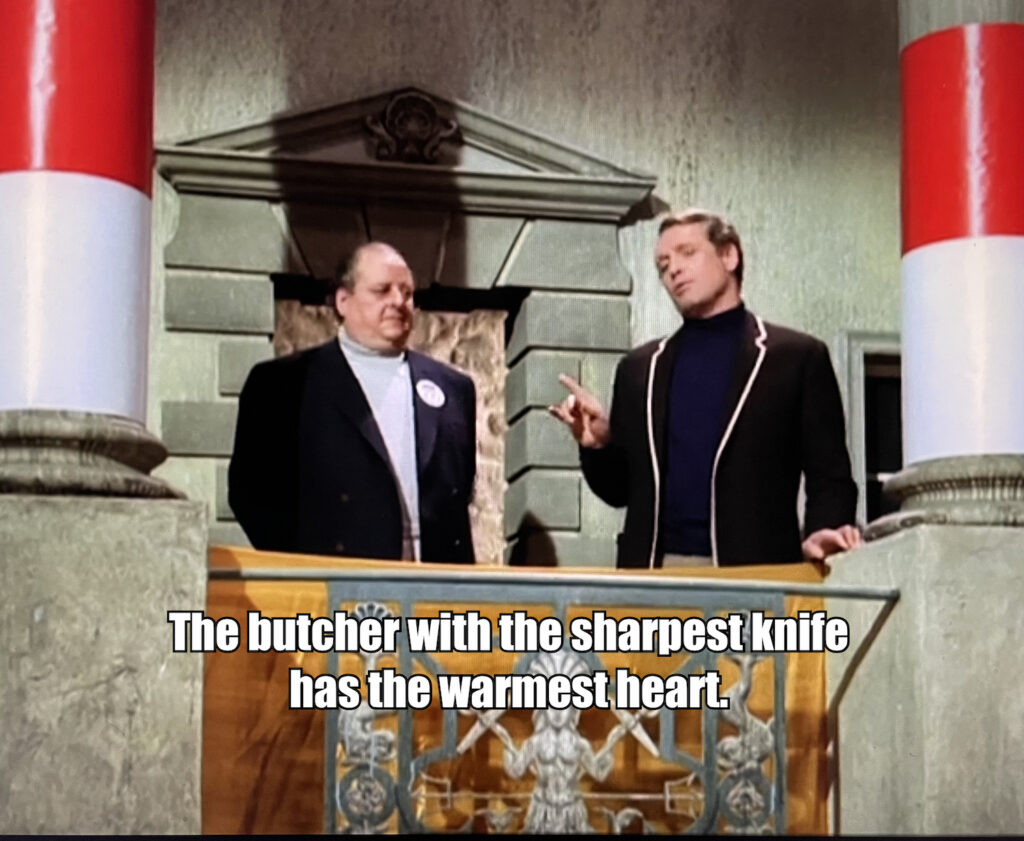This afternoon I was reading up on Danish King Gorm (a.k.a Gorm the Old, a.k.a. Gorm the Lazy, a.k.a. my new role model), and idly wondered if it was the same root as the gorm in English gormless “clueless”.

Detail from a painting by August Thomsen.
It would seem not. It looks like the -r- was added to gorm after r-deletion dialects emerge in Early Modern English; older forms are spelled gom, gome, etc. The Tyrant OED throws up its hands and despairs of finding an etymology for gom(e).
There’s an archaic English word gome meaning “human being” (usually used of a man but can also describe a woman) which I thought and still think might be the source of English gorm. If you lack the discernment of a human (gom<e>), you’re gormless. This is plausible, but so is every folk-etymology to the folk-etymologist who proposes it.
English gome is cognate with Latin homo (“a human being”) and both ultimately stem from PIE *dhghem- “Earth”, making them cognate with groom, chthonic, humble, homage, hombre, omerta, and the cham– in chameleon and chamomile. That’s a rich, earthy brew of etymologies, even if none of them is the one I was looking for.







